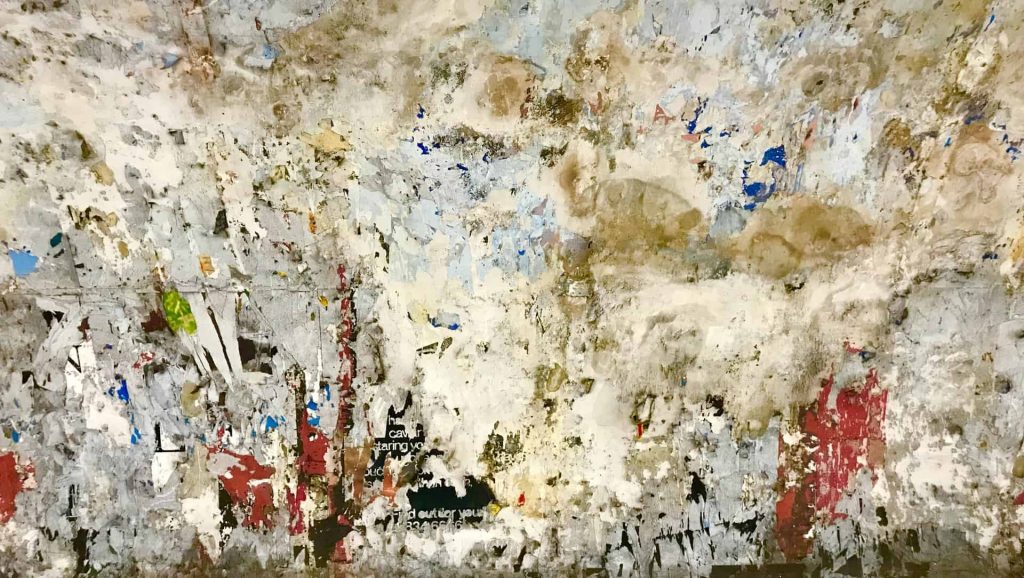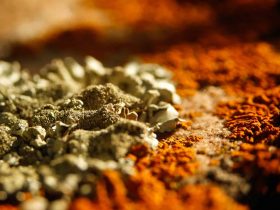There are many types of mold, and some are more harmful than others. Mold spores are around you at all times. In small amounts they’re also usually harmless. However, once they find the ideal conditions for growth they can release large quantities of spores into the air and pose a health hazard.
Mold can manifest itself in a variety of colors. While some mold species are more prone to certain pigments, they can also take on the same color and even shift colors over time. There are thousands of species of mold. They are classified based on their ability to cause certain health symptoms.
Molds are either Allergenic, Pathogenic, or Toxigenic. All molds thrive in conditions that feature moisture content, a nutrient source, and oxygen as well as other environmental factors like high humidity and lack of light.
Types of Mold
Molds are typically categorized based on their adverse health effects on humans:
- Allergenic – These types of mold affect people who are predisposed to allergies to mold or have respiratory related issues like asthma. When people who are allergic to mold come in contact with it, they have a hypersensitive reaction in which mast cells (type of white blood cell) have an inflammatory response in the respiratory system. People who don’t have allergies to mold are typically unaffected by allergenic molds.
- Pathogenic – Most people have healthy immune systems that are capable of fighting off pathogens. However, people with compromised immune systems or people who take immunosuppressants have the potential to be targeted. Pathogenic molds are opportunistic and typically target infants, the elderly, and people with comprised immune systems.
- Toxigenic – These types of mold intentionally produce mycotoxins (poisonous chemicals) with the intention of harming other organisms. Mycotoxins can be found on both mature mold growth as well as on mold spores. People are most commonly affected by mycotoxins through inhalation and skin contact.

Mold Colors
Mold is ubiquitous and exists both indoors and outdoors. It also has no shortage of pigments and hues. As outlined by WaterMoldFire, color is not an indication of how dangerous a mold can be. Different mold species can take on the same color and they can also shift colors over time.
Black Mold
Black mold or “toxic black mold” refers to a species of mold known as Stachybotrys chartarum. While many species of mold can also be black, the term “black mold” is now synonymous with Stachybotys Chartarum. This is due large in part to the history surrounding this mold.
In the 90s, an early analysis of deaths in children who developed pulmonary hemorrhage had associated Stachybotrys chartarum with their deaths. The Centers for Disease Control and Prevention later found the findings to be incorrect.
There is currently no scientific evidence that would suggest “black mold” is more toxic than other mold species
Examples of molds that are black in color include Stachybotrys chartarum and Cladosporium.
Blue Mold
Blue molds are blue or bluish-green molds that can grow on many different foods, as well as on household materials such as carpets, insulation, wallpaper, and furnishings that have been damaged by water.
They are usually some form of Penicillium but they can also be Aspergillus.
In some cases, mold can start as blue pigment, but over time if the area where it grows gets constant moisture, Stachybotrys can start to eat it, turning the blue mold into black or green.
Brown Mold
Brown mold is comprised of several species of molds that typically grow on damp hard surfaces such as floorboards, wood, bathroom tiles, ceilings, or walls. They are usually brown/tan or dark yellow. They typically take the shape of fuzzy growths and appear as dark patches on hard surfaces. They also tend to thrive in dark environments.
Brown molds have a distinct musty or earthy smell.
Examples of brown mold include Aureobasidium pullulans, Stemonitis (usually found in bathrooms), Taeoniella, and Pithomyces chartarum.
Green Mold
Green molds typically appear as soft and fuzzy or powdery and can come in various shades of green, depending on the material they grow and feed on.
Just like black molds, most green molds produce mycotoxins, which is why they are generally considered health hazards.
The most common species of molds that can grow in shades of green include Aspergillus, Cladosporium, and Penicillium.

Gray Mold
Gray molds or Botrytis cinerea are known to be necrotrophic – organisms that kill its host then feed on the dead matter – and commonly attack many plant species, specifically grapevines.
At first, gray molds may appear white, and then change from gray to brown.
Botrytis is very dangerous to plants and can also cause allergic reactions to people who are sensitive to molds.
Orange Mold
Orange molds are types of slime molds marked by a slimy, spongy texture as opposed to a spotty or furry consistency that’s typical of most mold species.
They thrive in moist and humid environments like bathrooms and toilets and also have a knack for growing on wood and food products.
Orange molds are generally considered less harmful to humans, but they can lead to significant structural damage to houses and food-stuffs.
The most widely-known type of orange mold includes Fuligo septica.
Pink Mold
These molds are commonly found in areas with high water content like bathtubs, showers, kitchens, sinks, and the laundry room.
Health risks include breathing difficulties, UTI’s (Urinary Tract Infections), bladder infections, and gastrointestinal ailments.
The most common mold species that are pink in color are Serratia marcescens. Pink molds are commonly confused for a bacteria that looks like mold, and Aureobasidium pullulans.
Purple Mold
Purple molds typically grow in areas that feature no light source. They are commonly found behind walls, underneath wallpaper and vinyl, and on wood structures.
Closely associated with the poisonous pink mold Fusarium (known to produce mycotoxins), purple molds are considered to be life-threatening. They are also known to cause wood to rot.
Examples of purple mold species include Phanerochaete crassa, Gibberella,and Phoma glomerata.
Red Mold
Red Molds can easily be confused for pink mold. They usually grow in tandem with other mold species, and may sometimes be red for just a portion of their life and change colors as they mature. You will usually find them growing on building materials like damp particle board or drywall, as well as on spoiled food.
Red mold can be any species, however, Aspergillus is closely associated with red molds found in building materials. However, when it’s found on food, it’s usually Neurospora.
White Mold
White mold is a term that covers a wide number of indoor mold species. It can thrive on fabric, plants, food, leather items, and other organic materials such as wooden structures, drywall, and carpeting. White mold often takes on a powdery texture and may blend well with the material it grows on. It can also transition between colors over time.

White mold can be hazardous to your health and even worse, they often go undetected for a long time due to their color.
Mold species that are commonly white include Aspergillus, Cladosporium, and Penicillium.
Yellow Mold
Of the thousands of species of fungi, many take on a yellow appearance. Some species can appear as fuzzy yellow patches and as a result yellow mold is often confused with pollen.
Slime molds can also be yellow in appearance. Unlike other species of mold, slime molds are single cell organisms (technically they’re not fungi). Slime molds are typically found outdoors and decompose dead plants and debris.
Depending on the mold species present in your home, yellow mold can be potentially harmful to humans. Some yellow molds can cause health problems such as bronchitis, pneumonia, and serious skin irritation.
Mold species that appear in shades of yellow include Aspergillus, Mucor, Epicoccum nigrum, Geomyces pannorum, and Serpula lacrymans.


